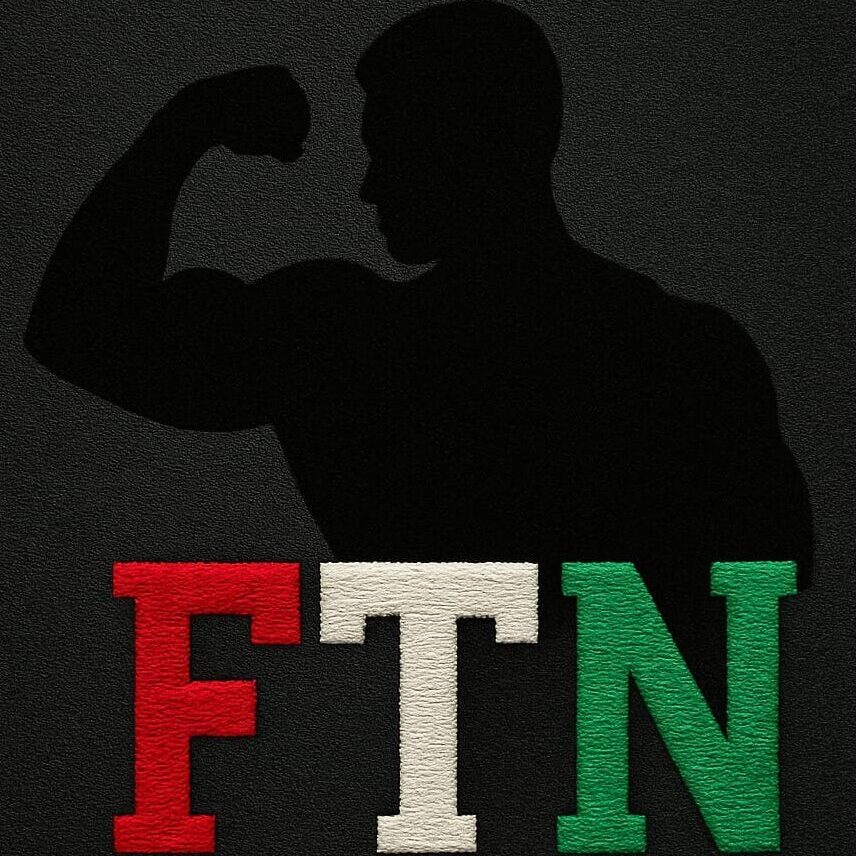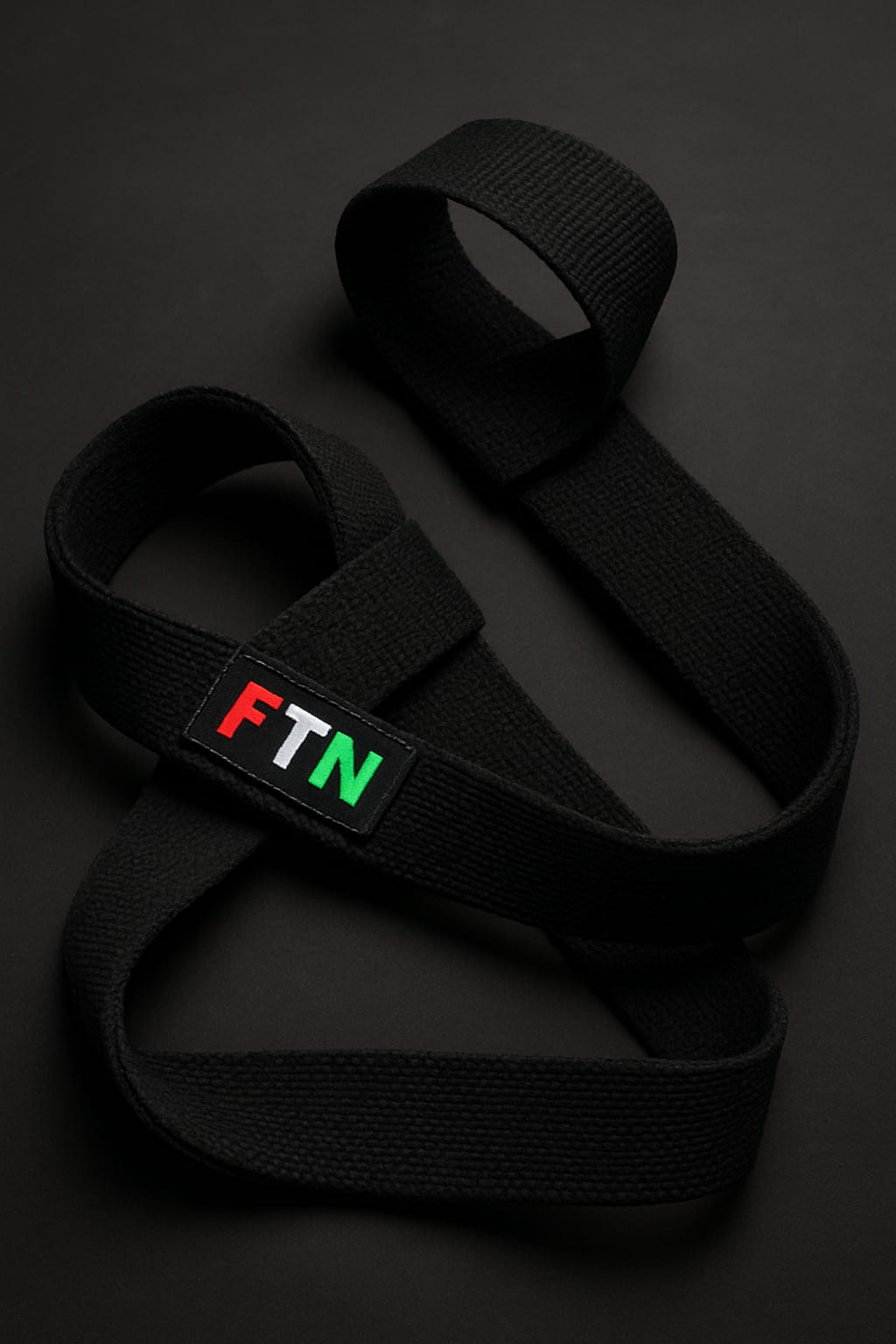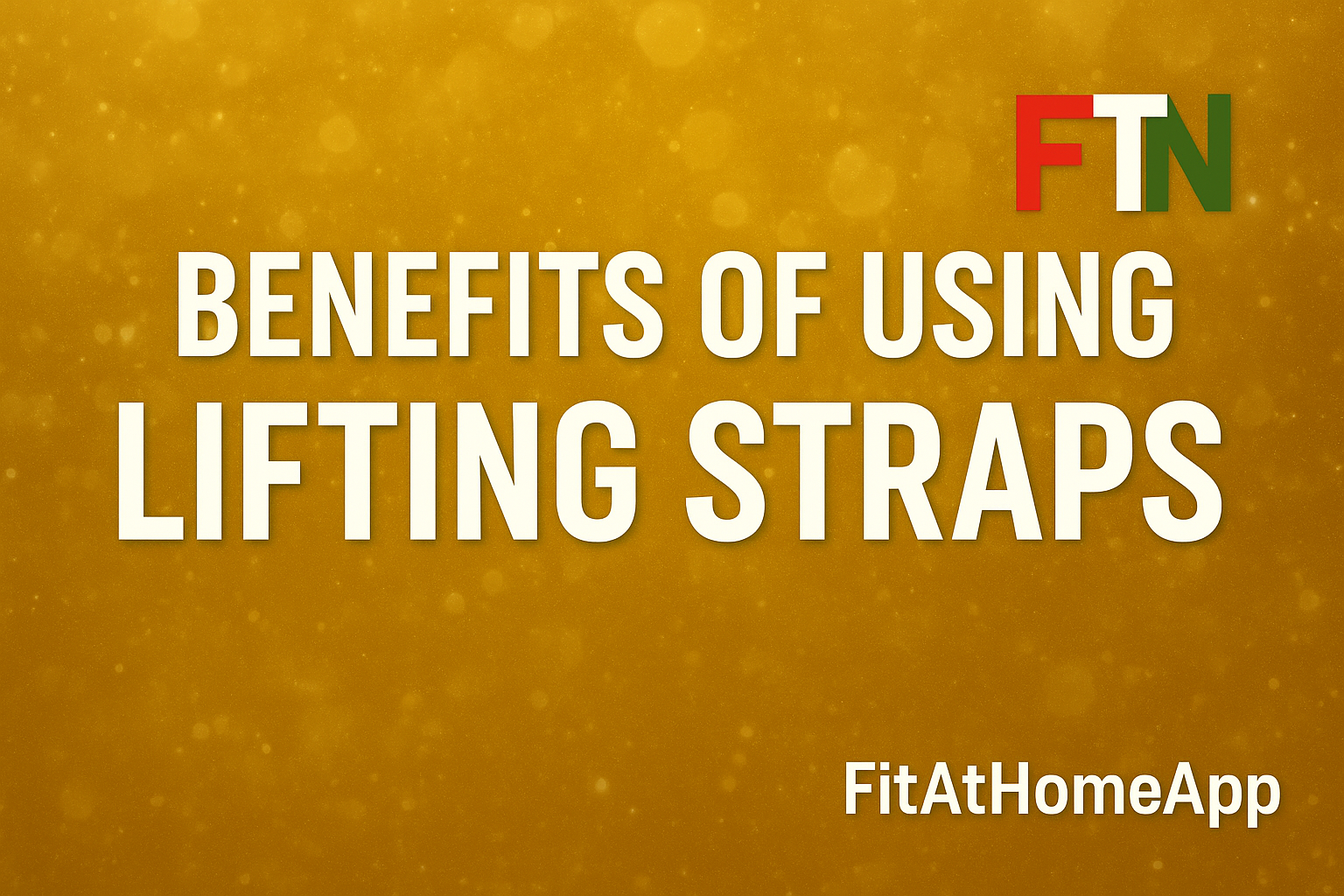🏋️♂️ Introduction: What Are Lifting Straps
If you’ve ever felt your grip giving out before your muscles during a heavy lift, you’re not alone. Lifting straps guide are a game-changing tool used in strength training to help lifters maintain a firm grip on barbells, dumbbells, or cable handles. These straps are typically wrapped around your wrist and the bar, allowing you to lift heavier weights without relying solely on grip strength.
Originally used by powerlifters and strongmen, lifting straps have now become popular among gym-goers of all levels — from beginners to seasoned athletes. They’re especially helpful for exercises like deadlifts, rows, and shrugs, where grip fatigue often limits performance. Whether you’re training at home or in a commercial gym, this Lifting Straps Guide will help you understand how to use them effectively and maximize your lifting potential.
Why Grip Strength Matters in Training 🖐️
Grip strength plays a critical role in many weightlifting exercises. It’s not just about holding the bar — it’s about how long and how well you can hold it. A weak grip can limit your ability to perform compound lifts effectively, often cutting your sets short before your muscles are fully worked.
Let’s say you’re doing deadlifts or heavy barbell rows. Your back and legs might be capable of handling more weight, but if your grip gives out first, your training suffers. This is where lifting straps become incredibly valuable. By shifting some of the load from your hands to your wrists and forearms, straps allow you to perform more reps, use heavier weights, and maintain proper form throughout the set.
Over time, this means better muscle activation, more strength gains, and reduced fatigue — especially during pulling movements.
Benefits of Using Lifting Straps guide✅
Lifting straps offer a range of benefits that go beyond just helping you hold on to the bar. Here are some key advantages:
1. Enhanced Performance on Heavy Lifts
Lifting straps allow you to go heavier, especially in pulling exercises like deadlifts, lat pulldowns, and barbell rows. By removing grip as a limiting factor, you can target your back, hamstrings, and shoulders more effectively.
2. Increased Muscle Growth
Since straps let you train harder and longer, they help stimulate more muscle hypertrophy — particularly in the back and traps. If your grip strength is holding you back, you might not be hitting your muscles with enough intensity. Straps help solve that.
3. Reduced Risk of Injury
Fatigued hands or poor grip can lead to dropping weights or compensating with poor form, which may increase your risk of injury. Lifting straps provide better control and stability, helping you lift safely.
4. Better Focus on Form
When you’re not worried about your grip slipping, you can focus more on your posture, tempo, and movement mechanics — all essential for maximizing gains and avoiding injury.
?When Should You Use Lifting Straps 🏋️
While lifting straps are incredibly helpful, they shouldn’t be used for every exercise. It’s best to use them selectively, especially when training back or doing max-effort lifts. Here are a few scenarios where straps are ideal:
Heavy deadlifts or rack pulls
Barbell or dumbbell rows
Shrugs or farmer’s carries
Lat pulldowns or pull-ups (if grip fatigue is an issue)
However, avoid relying on straps for exercises where grip strength is being trained directly, like kettlebell swings, hangs, or forearm curls. You want to build grip strength naturally in those cases.
Different Types of Lifting Straps 🧵
There’s no one-size-fits-all when it comes to lifting straps. Here are the main types to consider:
1. Cotton Straps
Pros: Affordable, soft, and beginner-friendly.
Cons: May wear out faster with heavy use.
2. Nylon Straps
Pros: Durable and strong; great for heavy lifts.
Cons: Less comfortable than cotton; may dig into the wrists.
3. Leather Straps
Pros: Excellent grip and long-lasting quality.
Cons: More expensive; can be stiff until broken in.
Each type also comes in different designs, like loop straps, figure-eight straps, or padded wrist straps. Choosing the right type depends on your comfort level, training goals, and the specific exercises you do most often.
How to Use Lifting Straps Properly 🧠
Using lifting straps correctly ensures you get the most benefit without compromising safety. Here’s a quick guide:
Thread the strap through the loop and place your wrist inside.
Wrap the loose end around the barbell tightly in the direction your fingers curl.
Grip the bar over the wrapped strap to lock it in place.
Start your lift, making sure your wrist is supported and the bar feels secure.
Take time to practice — improper wrapping can lead to slipping or ineffective support. If you’re unsure, ask a trainer for help or check out a video tutorial.
Injury Prevention and Joint Safety 🩹
Besides enhancing performance, lifting straps also contribute to long-term joint health. When lifting heavy weights without proper grip support, the stress often shifts to vulnerable areas like the elbows, wrists, or even shoulders. Over time, this can lead to strain or injury.
By using lifting straps, you’re spreading the load more evenly across the wrist and forearm. This can reduce tension on the smaller stabilizer muscles and help you train harder with less wear and tear. For lifters with previous wrist or hand injuries, straps can also be a useful tool to keep training safely.
Choosing the Right Straps for You 🛍️
Before purchasing lifting straps, consider the following:
Your training style: Are you a powerlifter, bodybuilder, or just training for general fitness?
Comfort level: Padded straps are great for long sessions; stiff straps might need time to break in.
Durability needs: Leather and nylon last longer, while cotton is budget-friendly.
Ease of use: Beginners may prefer simple looped designs, while advanced lifters might go for figure-eight styles for max grip.
Read product reviews, compare materials, and try different options to see what fits your style best.
?Final Thoughts: Should You Use Lifting Straps 🔑
In 2025, lifting straps are more relevant than ever. Whether you’re a gym newbie or an experienced lifter, these simple tools can enhance your training in many ways. They help you lift heavier, reduce injury risk, and stay focused on building strength without being limited by grip fatigue.
That said, use them wisely. Don’t depend on straps for every lift — save them for when your grip is the only thing standing between you and progress. With smart use, lifting straps can help you take your training to the next level.
✅ Pro Tip: Combine lifting straps with chalk for extra grip on sweaty days or long training sessions.
Buy Now on Amazon“As an Amazon Associate I earn from qualifying purchases.”
This YouTube video offers a clear, beginner-friendly guide on how to properly use lifting straps for deadlifts. It demonstrates step-by-step instructions with slow-motion visuals and explains common mistakes—like wrapping the strap incorrectly or relying on straps too early in training.
The content is especially valuable for lifters who struggle with grip fatigue but want to target their back, glutes, and hamstrings more effectively. It helps viewers feel more confident using straps while prioritizing safety and proper form.
💬 Personal Opinion on the Video:
The video is informative and well-paced, especially for beginners. The visual explanations are clean, and the narrator delivers the content in a calm, practical tone. It’s a strong introduction to lifting straps and their application in deadlifts.


